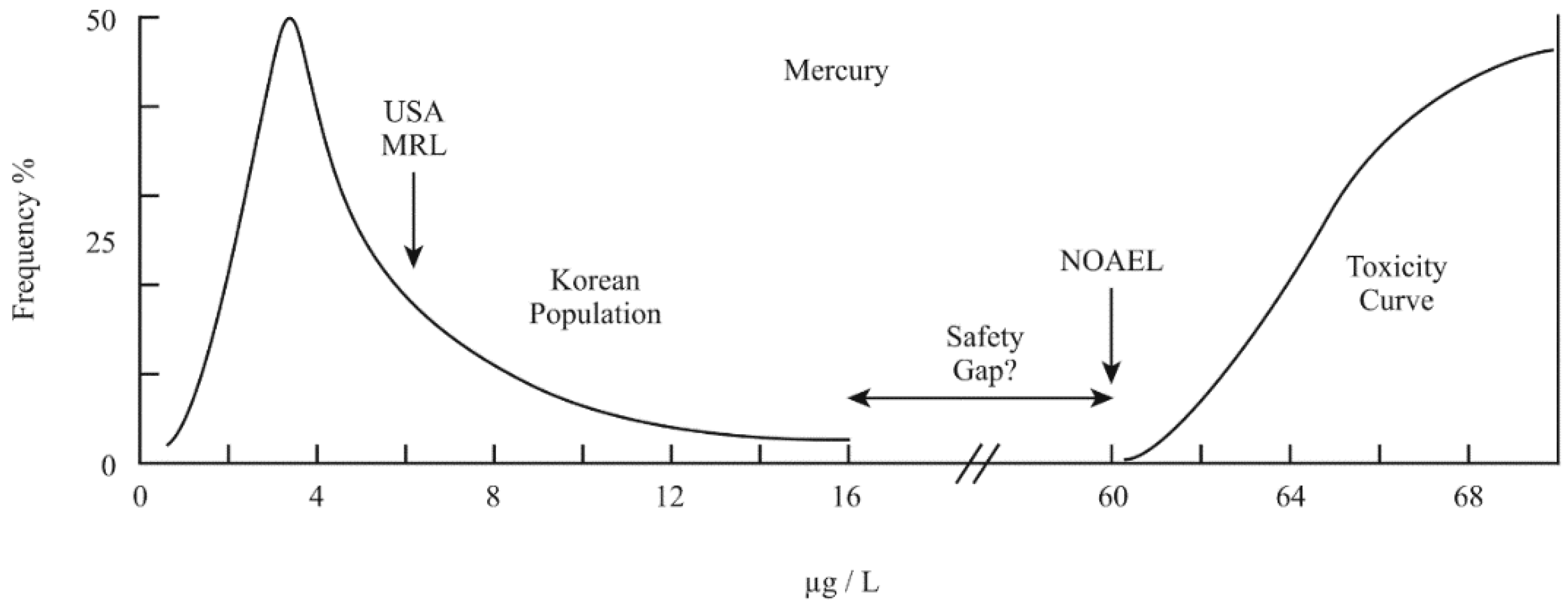

I know he talked about it at length. Especially the clever ones.Check Ed's replies here at the keep from a few years ago. Age: Half-elves mature at the same rate humans do and reach adulthood.Don't feed the trolls.

"And small wise beings are better than small fools. The other sub-races are not expected or required to be useful until much later.Oh as far as age go, IIRC, different ages do apply to the different Editions."Small beings can have small wisdom," the dragon said. The Lolthian Drow more or less tell their 10 years olds "you need to prove you are of value enough to live to age 11".The culture one grows up in effects why Drow are combat ready and self-reliant by at least age 20 - should they live that long. You learn fast when your own brothers or sisters are out to kill you!The Goddess is alive, and magic is afoot."Where Science ends, Magic begins" -Spiral, Uncanny X-Men #491"You idiots! You've captured their STUNT doubles!" -SpaceballsLothir, courtesy of Sylinde (Deviant Art)/Luaxena (Chosen of Eilistraee)The elven body grows as quick as a humans, in the normal case at looking at a much greater life span they stay mentally adolescence until 50 to 100 year range.Consider it like a wealthy family can send their children to college for 4 to 8 years (sometimes even longer) and poor families can not support their children long enough to complete high school.The high (surface) elves have time for their children to play and learn for many, many years. From that point on, one could probably expect the aging to slow down even more.As to why drow grow up faster, I'd say it's a combination of poor parenting and competition among siblings.
How does an Elf compare? Does a Mountain Dwarf or a Moon Elf really need to hit 250-300 years before his drive brings him to the same skill level as the aforementioned lady, or is it more a case of plateauing early and just relaxing through the rest of life? I understand the concept of different races = different mentalities/philosophies, but I've always felt that carrying this over to the "game" portion of the Realms (to maintain "game balance", for example) is a bit contrived.”Phoebus, I quite agree that this racial differentiation seems contrived, though I don’t disagree with trying to make the races different (and the colour that brings to the game, which can of course be readily ignored by players and DMs not wanting to include it).However, the ‘big shift’ of the Realms to bring it to the ‘broad tapestry of reality’ that the world first started to see it in published form as having, involved my adapting it to the (1st Edition, unfolding) D&D rules, and this slow maturing of the demi-human races was present in those rules, so it’s there in the Realms.I think of it like this: given proper amounts of nourishment (as opposed to, say, starved slavery) elves and dwarves physically mature about ten years later than their human counterparts, so that they stop looking like obvious children at about age 20 or 21 rather than 10 or 11. ISP problems kept Ed offline for a day (during which I see some good questions have arrived), but he’s “back on” now, and herewith answers the last Phoebus questions: “I think most people have a good idea regarding what a human of reasonable ambition and means can achieve in her first, say, 35 years of life (putting her in her peak, if you will). From 30th May 2005 -"May 30, 2005: Hello, all. Fools choose action first.""Judgement" copyright 2003 by Elizabeth MoonEd has actually discussed this at Candlekeep.Here's Ed's actual reply. "Choose the afterwards first, then the action. ? Ker repeated this without understanding."After action, afterwards," the dragon said.
Elf To Human Age Conversion Free Of Some
This is probably best simulated by having a favourite hobby or pastime (such as acrobatics, or archery, or a skill at identifying metals or the rocks that hold metallic ores) being mastered in this adolescence, leading to proper skills later.This DOESN’T mean that every adolescent demihuman is a hopeless, helpless, dithering crazy - it just means that they’re unreliable, and can’t muster the drive to master any one thing. Isolated or in conditions of war or flight, they will, yes, be forced to ‘grow up’ or perish, but in terms of being trainable to specific skills (represented in the game by class abilities, skills, and feats) - no, that comes later, at different rates for each individual. Also, during this long onset of puberty, their bones are still hardening, and in soft state lack some strength that saves them from breakages in some calamities, but also robs them of some accuracy that they’ll master later.For elves and halflings, this prolonged adolescence is dominated, for most but not all individuals (so a PC adventurer could well be one of the exceptions, if desired) by judged-by-most-humans-as-wildly-frivolous-or-silly play, leading to an inability to stick with any one task or even pressing need for long (no attention span, a seeming complete inability to take consequences or impending disaster seriously).For dwarves and gnomes, adolescence is dominated by a fierce, exploring independence that leads the younglings to be stubborn, proud, difficult, bad ‘team-players,’ and prone to racing off on quests or solo explorations.Perhaps “ungovernable” is a good term to describe both the elves and dwarves. At the same time, they are dominated by surging hormones (and hence, mood swings), and are especially susceptible to all sorts of diseases (which they inevitably catch, and conquer). So an elf or dwarf between, say, 20 and 100 can’t become pregnant or impregnate anyone, and so can sexually ‘play’ free of some social responsibilities.


 0 kommentar(er)
0 kommentar(er)
